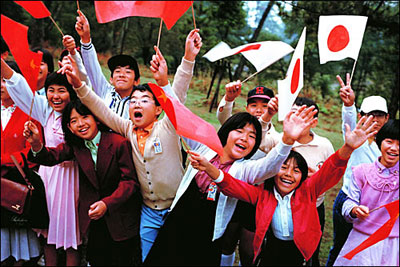Jeremy D. Morley
In a landmark decision in 2010, Preeti
Gupta v. State of Jharkhand,
the Supreme Court of India lambasted
the prevalent abuse of the infamous Section 498a of the Indian Penal Code law demanded
that the legislature should change the law and directed that a copy of its
decision be sent to the Law Commission of Indian the hope that the legislation
might be amended.
The Law Commission issued a report in August 2012,
calling for quite modest changes in the law. However, even those changes have
not yet been enacted.
In Gupta the Supreme Court demanded that lower courts intervene to
prevent the rampant consequential abuse of process, which has “led to enormous
social unrest affecting peace, harmony and happiness of the society”; ruled
that “most” 498a cases are filed in the heat of the moment over trivial issues
without proper deliberations; asserted that many such cases are not bona fide, that
many are filed with an oblique motive, and that many are filled with
exaggerated or false claims; explained that these cases “can lead to
insurmountable harassment, agony and pain to the accused and to his close
relations” and “immense sufferings for all concerned;” and stated further that
an ultimate acquittal may “not be able to wipe out the deep scars of suffering
of ignominy.”
Meanwhile the abusive conduct
continues. The Law Commission reported that in 2010 there were at least 340,555
cases under Section 498-A that were pending trial in various courts towards the
end of 2010 and that there were as many as 938,809 people who were implicated
in these cases. The reason that there were almost three times as many people
accused as there were cases is that the law expressly authorizes a wife (but
not a husband) to ask the police to bring charges against all of the relatives
of her husband who may have participated in the alleged acts of cruelty.
We
have commented previously on this law, that was well-intentioned in its
enactment but which is frequently misused in India as a means of blackmailing
non-resident Indian husbands. http://www.international-divorce.com/Indias-Notorious-Section-498A.htm.
We
have testified on several occasions as an expert witness on the 498a law in
courts throughout the United States and Canada.





